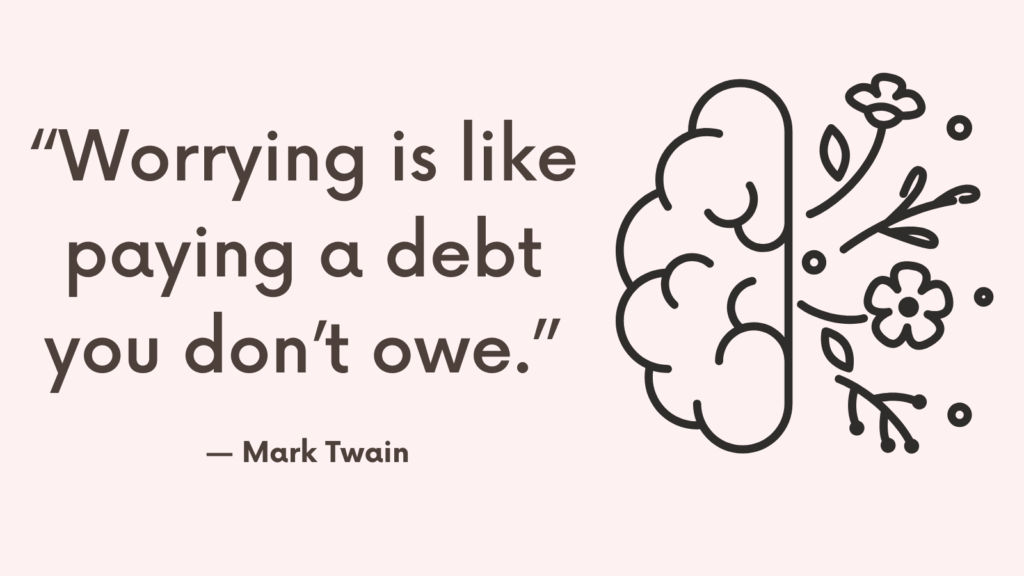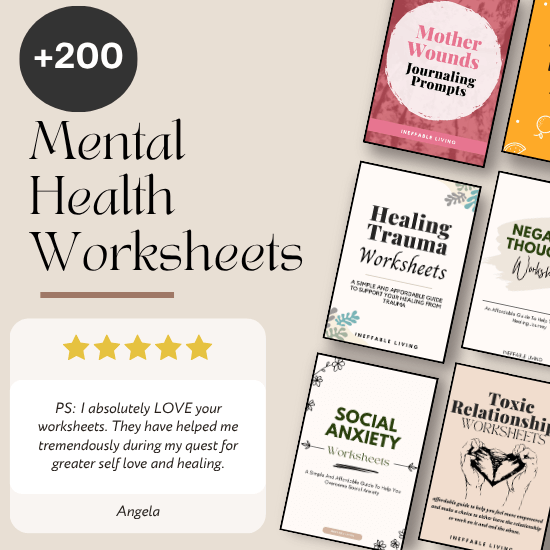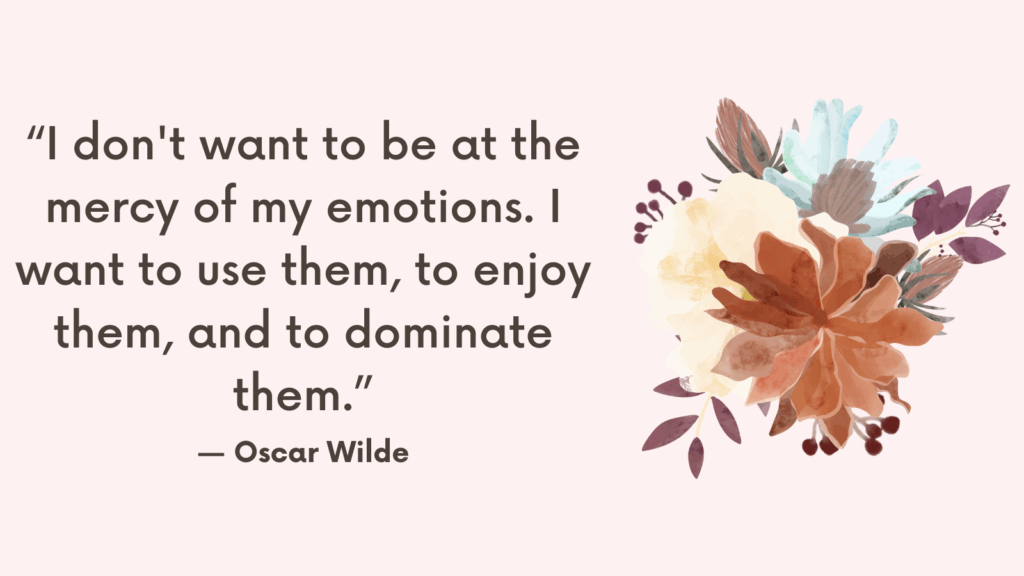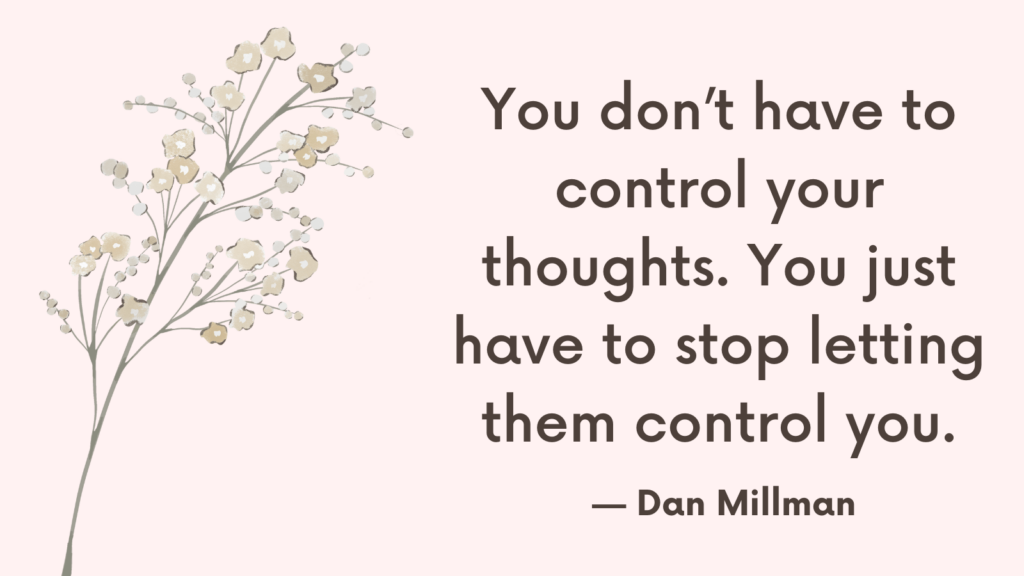If certain events — like travel, public speaking, crowded spaces, or doctor appointments — tend to trigger panic, you’re not alone. The fear of having a panic attack can feel just as overwhelming as the event itself. But with preparation, tools, and a compassionate mindset, you can reduce the intensity of your fear and feel more in control.
When Panic Hits: A Closer Look at Panic Attacks
You’re sitting in a meeting, or walking through the grocery store, or even lying in bed—when suddenly, your heart races. Your chest tightens. You can’t catch your breath. Your hands tingle, and a wave of dread washes over you. “Am I dying?” “Am I going crazy?”
This is what a panic attack feels like. And if you’ve experienced one, you know it’s not just “in your head.”
Panic Attacks Are Sudden and Intense
They often strike without warning, and for no clear reason. Your body reacts as if you’re in danger—flooded with adrenaline, heart pounding, lungs gasping—even if you’re completely safe.
That’s because your fight-or-flight response has been triggered. And once it starts, it can be hard to stop without the right tools.
Your Body, on Overdrive
During a panic attack, you might experience:
- Chest pain or tightness
- Shortness of breath or choking sensation
- Dizziness or lightheadedness
- Sweating, trembling, or chills
- Nausea or stomach pain
- Tingling or numbness in your hands or face
- A feeling of detachment from reality
- An overwhelming fear that something terrible is about to happen
It usually peaks in about 10 minutes, but those minutes can feel like forever.
Related: How to Break the Panic Attack Cycle?
How to Prepare for Events That Usually Trigger Panic?
1. Identify the Triggers Clearly
Be specific about what part of the event causes fear:
- Is it the physical space (tight seats, long lines)?
- The lack of control (not being able to leave easily)?
- Embarrassment about having a panic attack in public?
Naming the fear helps you plan a targeted response.
2. Create a “Calm Kit”
Prepare a few items to take with you that help soothe your body and mind:
- Water bottle
- Mints or gum
- Calming essential oil (like lavender)
- Earbuds with a calming playlist
- A grounding object (smooth stone, textured bracelet)
Having these nearby gives you a sense of security.
Related: 9 Silent Panic Attacks Symptoms
3. Practice the Situation Mentally
Visualize the event in detail — but imagine yourself feeling steady and prepared. Picture walking in, taking deep breaths, and using your tools. This mental rehearsal helps your brain feel less shocked when the moment arrives.
4. Create an Exit Plan (Even If You Don’t Use It)
Knowing you can leave helps reduce the fear of being trapped.
- Sit near an exit or in a spot where you feel less exposed
- Let someone know in advance you may need to step out briefly
- Remind yourself: “Leaving is an option, not a failure”
5. Prepare Grounding Techniques in Advance
Pick 2–3 strategies you can use in real time if anxiety rises:
- 4-7-8 breathing
- Counting backward from 100
- Naming 5 things you see, 4 you hear, 3 you feel, 2 you smell, 1 you taste
Practicing these ahead of time makes them more effective when needed.
Related: Best 10 Panic Attack Books
6. Arrive Early and Ease Into the Environment
Give yourself time to adjust before the event starts. Walk around, breathe, locate exits or restrooms, and let your body settle. Rushing can increase tension and trigger panic more easily.
7. Bring a Supportive Person
If possible, attend the event with someone who understands your anxiety and knows how to support you if panic arises. Just knowing someone “gets it” can lower your stress.
8. Use Positive Self-Talk
Have a few calming reminders ready:
- “I’ve done hard things before — I can handle this.”
- “A little anxiety is okay. I don’t need to get rid of it.”
- “This discomfort is temporary — it will pass.”
9. Avoid Avoidance
The more you avoid situations that make you anxious, the more power they gain. Each time you face a trigger and make it through, your brain learns: “That wasn’t as dangerous as I thought.”
10. Reward Yourself After
Whether you stayed the whole time or only part of it, celebrate the fact that you showed up and tried.
- Treat yourself to something kind
- Reflect on what worked and what didn’t
- Remind yourself that progress isn’t perfection — it’s movement
Related: +20 Overgeneralization Examples & How to Avoid It
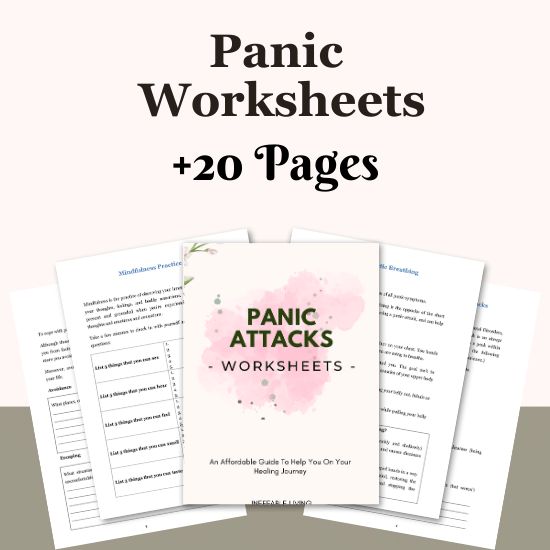
Conclusion
Preparing for panic triggers isn’t about eliminating fear — it’s about building trust in your ability to face it. With tools and self-compassion, you can move through anxiety with more confidence, and over time, those events lose their power over you.
